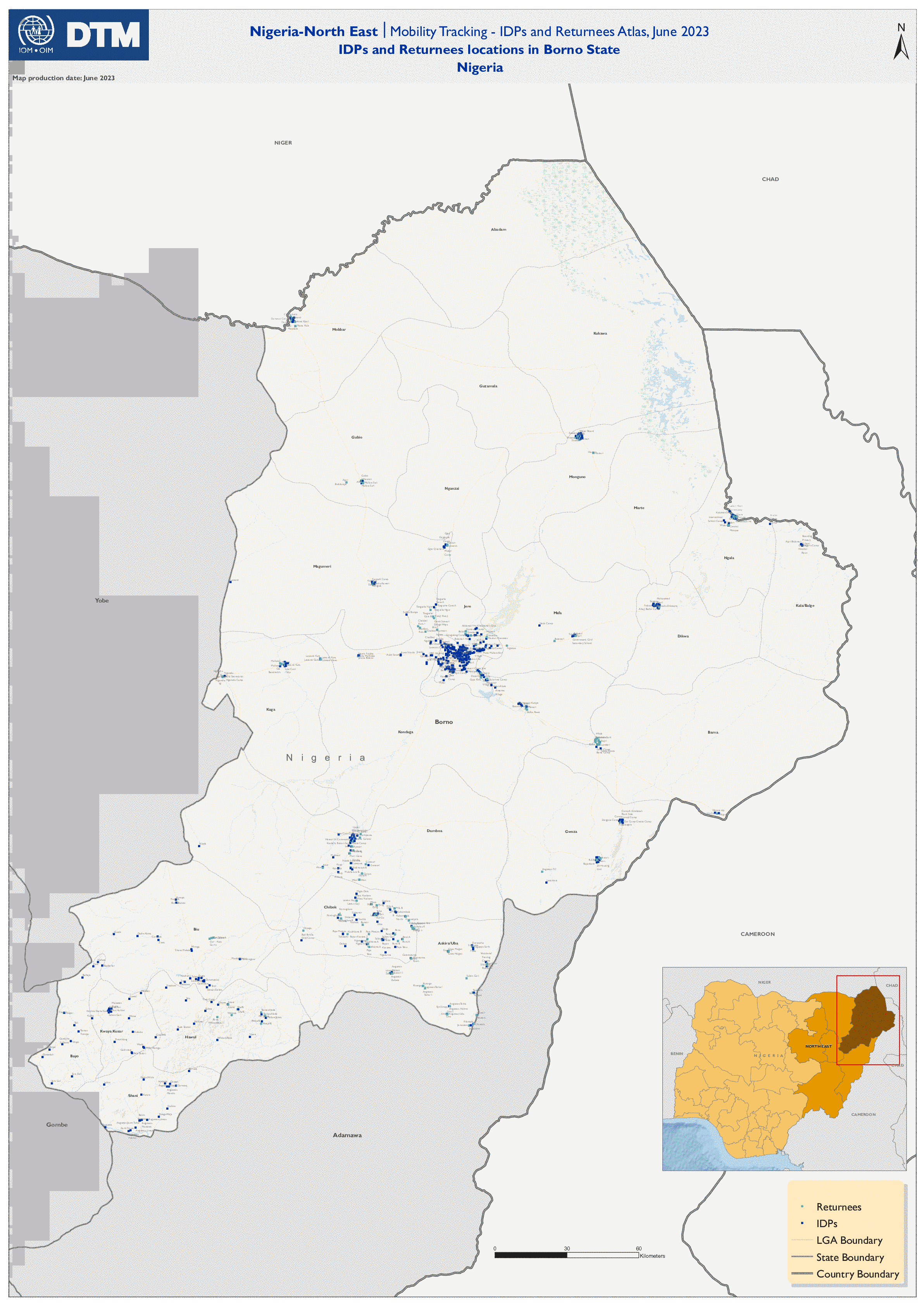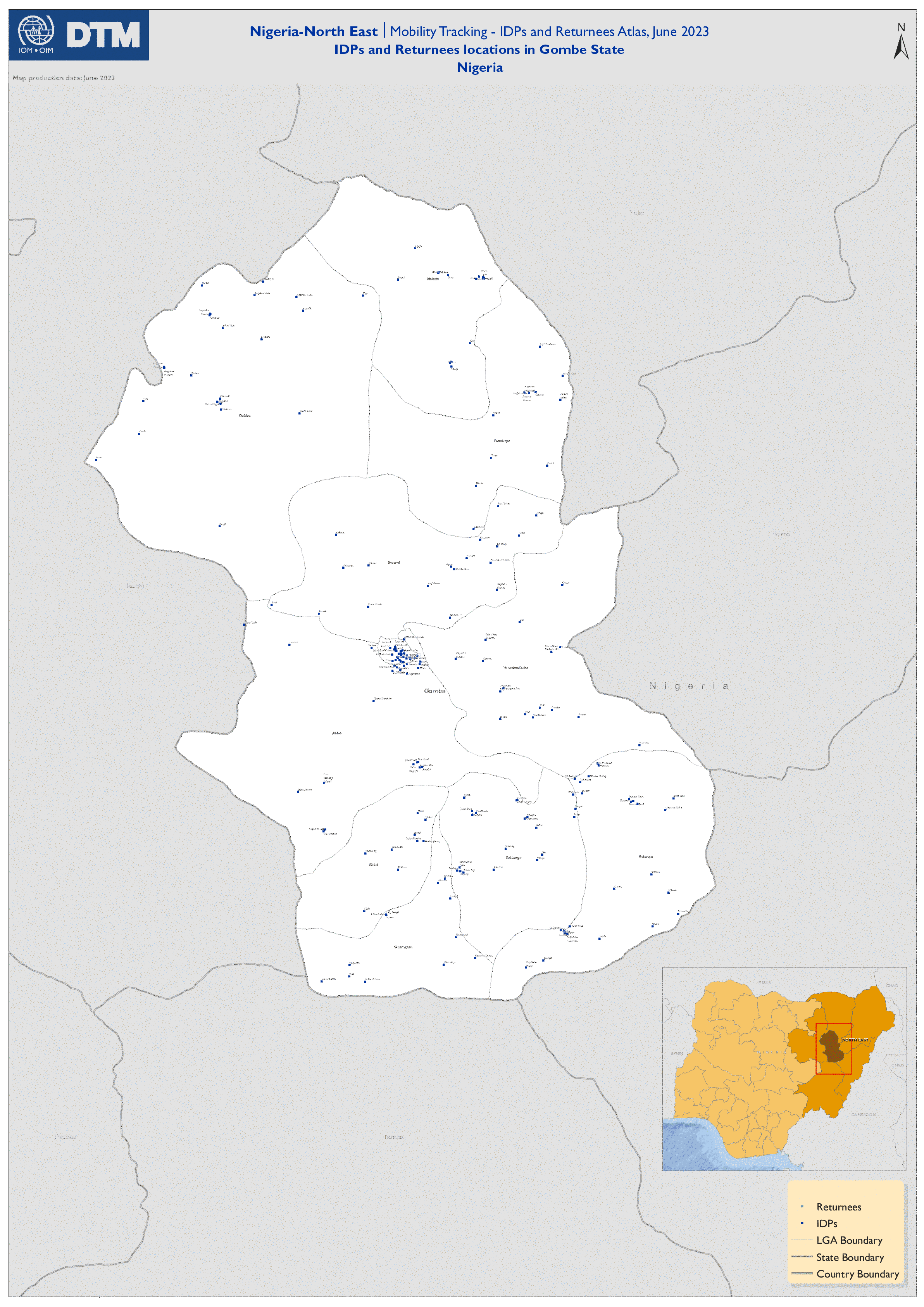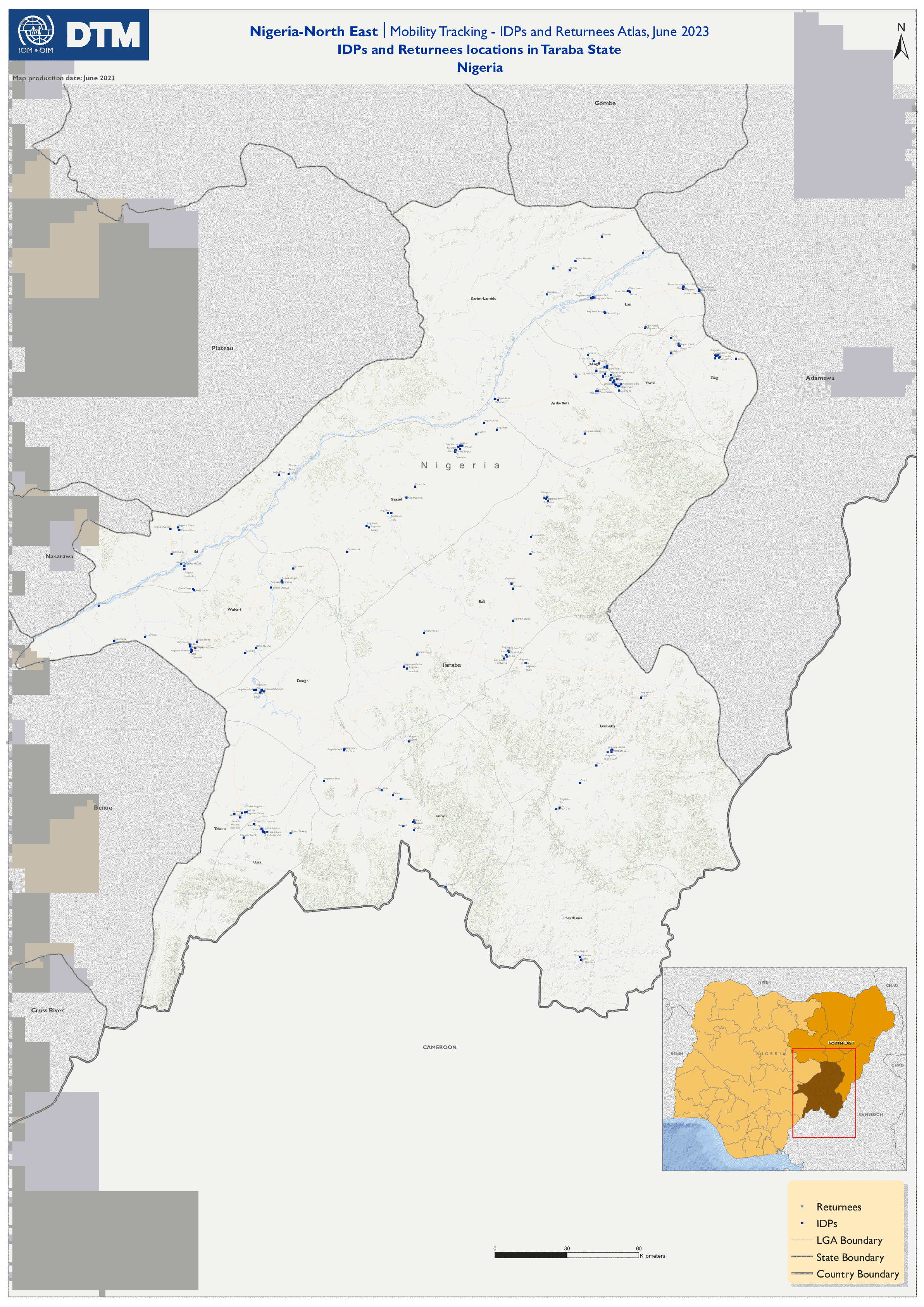-
Countries
-
Data and Analysis
-
Special Focus
-
Crisis Responses
Contact
DTM Yemen, iomyemendtm@iom.int
Location
Yemen
Activity
- Mobility Tracking
Period Covered
Sep 03 2023 -Sep 09 2023
From 1 January to 9 September 2023, IOM Yemen DTM tracked 4,231 households (HH) (25,386 Individuals) who experienced displacement at least once.
Between 3 and 9 September 2023, IOM Yemen DTM tracked 26 households (156 individuals) displaced at least once. The majority of people moved into/within the following governorates and districts:
- Ma’rib (11 HHs) – Harib (7 HHs), Ma’rib City (3 HHs), Ma’rib (1 HH) districts. Most displacements in the governorate originated from Abyan and Al Hodeidah.
- Shabwah (7 HHs) – Bayhan (7 HHs) district. Most displacements in the governorate originated from Al Bayda and Dhamar.
- Ta’iz (6 HHs) – Al Qahirah (3 HHs), Al Mudhaffar (1 HH), Al Maafer (1 HH) districts.All displacements in the governorate were internal.
- Ta’iz (7 HHs) – At Ta’iziyah (2 HHs), Al Makha (1 HH), Salah (1 HH) districts.
- Al Hodeidah (5 HHs) – Al Qanawis (2 HHs), Zabid (1 HH), Al Marawiah (1 HH) districts.
- Al Bayda (5 HHs) – Maswarah (3 HHs), Nati (2 HHs) districts.
Population Groups
Survey Methodology
Unit of Analysis Or Observation
Type of Survey or Assessment
Keywords
Geographical Scope
Administrative boundaries with available data
The current dataset covers the following administrative boundaries
IDP and return locations (Adamawa State).
IDP and return locations (Yobe State).
IDP and return locations (Borno State).
IDP and return locations (Bauchi State).
IDP and return locations (Gombe State).
IDP and return locations (Taraba State).
Contact
DTM Sudan, DTMSudan@iom.int
Location
Sudan
Activity
- Mobility Tracking
- Baseline Assessment
Period Covered
May 19 2023 -Sep 08 2023
Overview
From 15 April 2023, armed clashes erupted between the Sudanese Armed Forces (SAF) and the Rapid Support Forces (RSF) in multiple cities across Sudan. Clashes initially took place in cities across Northern and Khartoum states, later spreading across the Darfur and Kordofan regions.
Highlights
- DTM Sudan estimates that 4,118,119 Individuals (822,894 Households) have been recently internally displaced.
The IDP caseload has been observed in in 3,855 locations across all of Sudan’s 18 states.
- The highest proportions of IDPs have been observed in River Nile (12.24%), South Darfur (11.74%), East Darfur (11.50%), Northern (8.87%), Sennar (7.79%), and North Darfur (7.05%).
- Field teams report that the IDPs observed were originally displaced from eight states. The majority (2,856,755 IDPs, 69.37%) have been reportedly displaced from Khartoum state; followed by South Darfur (14.79%), North Darfur (7.85%), Central Darfur (3.74%), West Darfur (3.23%), South Kordofan (0.56%), North Kordofan (0.45%), and Aj Jazirah (0.01%).
- DTM also reports the Mixed Cross-Border Movements of 1,130,516 individuals into neighbouring countries.
Population Groups
Survey Methodology
Unit of Analysis Or Observation
Type of Survey or Assessment
Keywords
Geographical Scope
Administrative boundaries with available data
The current dataset covers the following administrative boundaries

Contact
hyakubi@iom.int
Language
English
Location
Mongolia
Period Covered
Jun 01 2022
Sep 30 2022
Activity
- Community Perception
- Mobility Tracking
- Baseline Assessment
Хүн амын богино хугацааны хөдөлгөөнийг тандах туршилтын судалгааг 2022 оны 6, 7, 8 дугаар сард Монгол Улсын 21 аймгийн 1640 багийг хамарч нийт багийн засаг дарга нарын мэдлэгийн түвшинд тулгуурлан зохион байгуулсан болно. Энэ удаагийн судалгаа нь НҮБ-ын ОУШХБ болон ҮСХ-ны хамтарсан анхны богино хугацааны хөдөлгөөнийг тандах судалгаа байлаа. Улаанбаатар хотод зохион байгуулагдсан Хүн амын богино хугацааны хөдөлгөөнийг тандах туршилтын судалгааны нэг адил зарчмаар энэхүү судалгаа явагдсан бөгөөд хүн амын суурь үзүүлэлт, албан ёсны бүртгэл, шилжин ирэлт, явалт, хөдөлмөр эрхлэлт, санхүүгийн нөхцөл байдал, тулгамдаж буй асуудал зэрэг үндсэн 5 сэдвийн хүрээг хамарсан. Тухайн багийн засаг дарга нь орон нутгийнхаа хүн ам зүй болон шилжилт хөдөлгөөний талаар гүнзгий мэдээлэлтэй гэж үзсэн учраас мэдээлэл цуглуулагчаар багийн засаг дарга нарыг сонгосон. ОУШХБ-аас өмнө нь хийгдэж байсан судалгаагаар уур амьсгалын өөрчлөлт, бэлчээрийн хомсдол нь манай улсын уламжлалт шилжилт хөдөлгөөний хэв маягийг өөрчилж байгааг тогтоожээ. Зудын давтамж, хүндрэл ихсэх нь хөдөө орон нутгийн амь амьжиргаанд сөргөөр нөлөөлөөд зогсохгүй шилжилт хөдөлгөөнд шууд нөлөөлж байна.

Contact
hyakubi@iom.int
Language
English
Location
Mongolia
Period Covered
Jun 01 2022
Sep 30 2022
Activity
- Community Perception
- Mobility Tracking
- Baseline Assessment
The DTM Mobility Tracking Pilot Survey was conducted in June, July, and August 2022, covering 1,640 baghs in 21 provinces of Mongolia. Bagh governors acted as a primary source of information. This study is the first ever short-term mobility tracking study conducted jointly by UN IOM and NSO. Similar to the Population mobility-tracking pilot study conducted in Ulaanbaatar, this study explores seven primary themes, including population baseline figures, registration, arrivals and departures (migration), employment, financial situation, and mobility-related challenges. Bagh governors were chosen as key informants due to their in-depth knowledge of their communities and their migration patterns.





